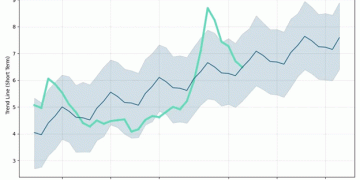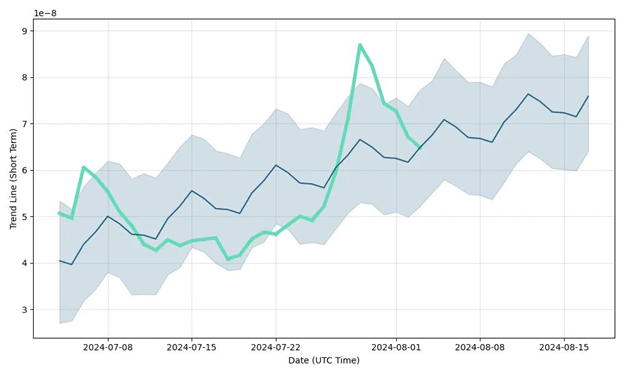The 2023 potato harvest in Europe, particularly in Belgium, faced significant setbacks due to excessive rainfall that resulted in waterlogged fields, complicating harvest efforts and decreasing yields. Jean-Pierre Van Puymbrouck, a potato producer in Belgium, reported that the harvest was disappointing, with machinery struggles leading to a loss of around 10% of the crop. The poor harvest has caused stockpiles to deplete at an accelerated rate, driving prices up to €600 per ton—three times the usual price—by June .
This weather pattern has delayed planting for the 2024 season, with many farmers only able to plant crops by late June, significantly later than usual. Consequently, if the summer does not provide ideal conditions, the 2024 potato harvest could yield below-average outputs . Compounding this issue, neighboring countries like Germany and the Netherlands are also grappling with similar adverse weather, leading to a potential shortage across the region .
Rising Prices Across the Globe
The implications of these conditions are not limited to Belgium. In Bangladesh, farmers are facing a decrease in land for potato cultivation, dropping from 464,000 hectares to 455,000 hectares in the current fiscal year. This shift towards more profitable crops, coupled with severe weather impacts, has resulted in a staggering 59.57% price increase in potatoes over the last month, with prices in the capital Dhaka skyrocketing by over 108% year-on-year .
Meanwhile, in Egypt, the potato has emerged as a strategic crop, with exports reaching a record high of over one million tons in 2023. Here too, rising prices stem from heightened demand against a backdrop of climate change-induced crop losses and currency devaluation, which has affected the import of potato seeds .
Future Implications
As we approach the 2024 planting season, experts anticipate increased stress on the fresh potato market. In Belgium, prices for packaged potatoes in retail stores could rise by 10% to 20% . Additionally, approximately 4,500 chip shops in Belgium will also feel the effects, although the direct impact on their prices may be less severe, given that potatoes constitute only about 10% of the cost of a bag of chips .
In summary, the interplay between climate change and agricultural practices is reshaping the potato market globally. With unpredictable weather patterns continuing to challenge yields, farmers, agronomists, and agricultural engineers must adapt to this new reality. This adaptation may include exploring crop diversification, investing in resilient agricultural technologies, and enhancing supply chain strategies to mitigate the effects of climate change.
The current potato market is a clear indicator of how climate change is reshaping agriculture, driving up prices, and creating supply challenges. As farmers and agricultural professionals navigate these uncertainties, collaboration and innovation will be key to ensuring food security in a rapidly changing environment.































